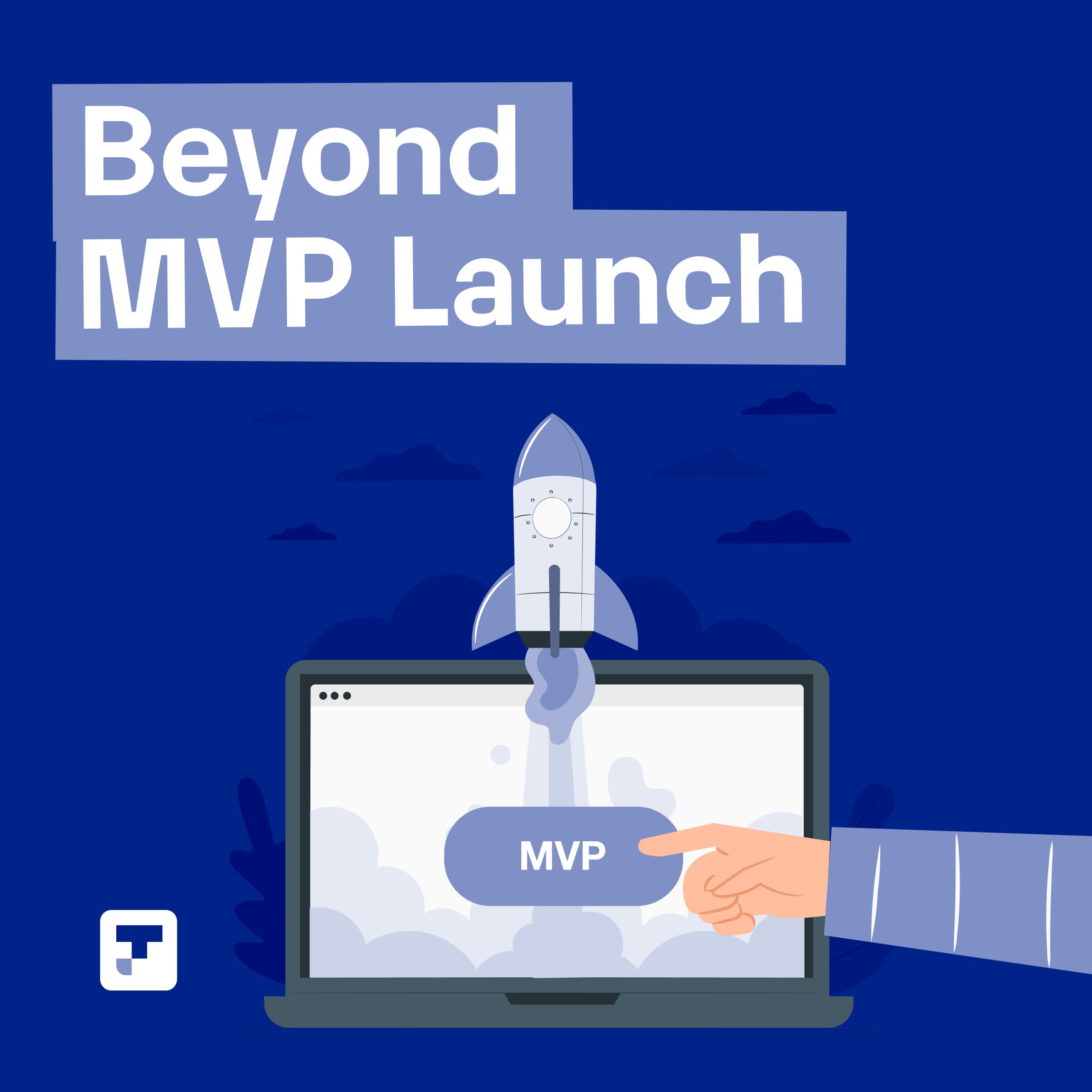Blog
Building High-Performance SaaS Teams: Navigating Equity Partnerships and Cultural Diversity for Success

Building High-Performance SaaS Teams: Navigating Equity Partnerships and Cultural Diversity for Success
There are two critical challenges that often arise when building a saas and a high-performing team. You’ll have to navigate the issues of equity, partnerships, and cultural diversity. In today’s blog, we take a look at how to build high-performance saas teams and navigate equity partnerships and cultural diversity for success.
At first glance, these topics may seem unrelated. However, both revolve around a central theme: building and managing external partnerships effectively.
Whether you’re negotiating equity with a software house or integrating a globally distributed team, success hinges on strategic alignment, clear communication, and mitigating risks.
In this guide, we’ll explore actionable strategies to:
- Understanding and avoiding common pitfalls when offering equity to software houses.
- How to properly structure equity deals if you do decide to give it away to a software house.
- How to take advantage of cultural diversity in remote teams without sacrificing cohesion.
- Building strong partnerships that drive the long-term growth of your saas business
The Allure (and Danger) of Equity Partnerships with Software Houses
Startups often consider offering equity to software houses to conserve cash, incentivize quality work, or secure development resources. It may sound like a good idea at the beginning, right, why not give away equity to someone who has an actual impact on my product? Why not get that extra runway?
However, this can quickly backfire if not structured carefully.
Risk 1: Misaligned Investor Expectations
Most software houses aren’t professional investors. Unlike VCs or angel investors, they lack experience with startup failure rates (8–9 out of 10 early-stage ventures fail) and might expect quicker returns (e.g., within 6–12 months), leading to frustration if milestones aren’t met.
Also, software houses are not in the investing game; they are likely to struggle to understand the long-term nature of startup investments and lack a diversified portfolio. They simply can’t afford 20–40 deals to offset losses.
This misalignment can lead to friction when certain milestones are not met, potentially straining the partnership at the crucial development stages.
Risk 2: Structural Cash Flow Challenges
Software houses operate on very tight margins, with a business model that typically includes 70-80% of their revenue allocated to developer salaries and a heavy dependency on billable hours. This means that they have minimal room for any unexpected emergencies since they have minimal cash buffers.
So if a software house faces liquidity issues (e.g., a client defaults), your project could suffer, say, for example, they can start to offer substituted developers (lower quality), and delayed timelines (resources shifted to paying clients), leading to strained relationships.
This is not to say that software houses are evil, absolutely not. But once you understand their structure and how they work, you’ll be in a much better place to decide whether or not to give away equity.
How to Structure Equity Deals with Software Houses Safely
- Avoid 100% Equity Compensation: Offer partial cash payments (e.g., 50% cash + 50% equity) to reduce the software house’s risk exposure. For example: A $100,000 project becomes $50k cash and $50k equity.
- Tie Equity to Performance Milestones: Vest shares incrementally based on deliverables (e.g., 25% equity upon MVP completion, 25% post-beta launch) and include clauses to reclaim equity if quality or timelines slip.
- Retain Control Over Team Composition: Finally, specify developer seniority, availability, and escalation paths in contracts. This will ensure that you always have the best minds working on your development. Ensure that there needs to be approval for team changes to prevent “bait-and-switch” scenarios.
Cultural Diversity in Remote Teams: How to Take Advantage
Remote work has allowed companies to reap the benefits of a global talent pool, and even round-the-clock productivity, where you see companies with teams in the US and Australia allowing for round-the-clock support and productivity.
We got asked a question by a US-based client about adding another team member in Latin America. They already have a team in Pakistan, and they wanted to know whether or not they should add another team member in Latin America and take advantage of cultural diversity.
This is a great idea, there are numerous advantages to adding people or having a team made up of people from diverse backgrounds. However, it’s important to remember that cultural diversity only works if you’re prepared to manage it.
So, How Can You Avoid the Common Pitfalls?
Avoid situations where the majority of the team is in-house, and then you add a bomber remotely. In-office teams will often dominate discussions, sidelining remote members, and the remote participant struggles to contribute. So, if you are going to have remote employees, pair them up with other remote members. So either go all in on remote or have everyone in the office.
Finally, I like to always advise people who are working with remote teams to get the book ‘The Culture Map’ by Erin Meyers. It’s excellent at breaking down how different cultures adapt, work, and respond in the workplace, giving you a solid understanding of your multicultural team.

Build trust through Facetime – so this goes beyond Zoom calls. Try and have a team retreat at least once a year. Plan an agenda beforehand so that you can all meet and tackle this together. You will reap huge benefits from this.
FAQ Section
Q1: How much equity should I offer a software house?
Aim for say 5–15%, depending on their cash investment and project scope. Always vest equity over milestones and consider the following factors: project complexity and duration, the market value of the service, the strategic value of the partnerships, and the company stage and valuation.
Q2: Can I mix in-office and remote teams successfully?
Yes, but only if remote members have defined autonomy, make sure everyone has the same level of participation, while still considering different cultural aspects. Have clear communication protocols for remote work, and regular virtual meetings with the right balance. Don’t have too many meetings that end up having that opposite impact in terms of productivity, and finally, try and have a retreat at least once a year where the entire team can meet, with an agenda to tackle together.
Q3: What’s the biggest mistake startups make with software houses and equity deals?
Assuming software houses think like VCs. Remember, most software houses do not have the experience of being VCs. So, implement proper vesting schedules that include performance triggers, have clear documentation, and have regular performance reviews.
Q4: How do I resolve conflicts in culturally diverse teams?
Standardize communication norms (e.g., “All feedback must be written in Jira tickets”) and appoint a mediator familiar with both cultures. Ensure that all agreements are documented, have very regular feedback sessions, and finally, as a founder or manager, make sure you read up on different cultures and how different people behave at the workplace.
Q5: Should I hire a fractional CTO to manage these partnerships?
Yes. A fractional CTO, especially for growth-stage companies, can be invaluable since you don’t incur the same cost as hiring a full-time CTO. The Fractional CTO is only coming in for a couple of hours a week, and you, as a company, get to leverage that C-suite experience for a fraction of the cost. He or she can help you interview and hire the right people, audit your current contracts, streamline workflows, and prevent costly misalignments.
Conclusion
Success in building high-performance saas teams requires a careful balance of building internal processes first and having the right strategic partnerships in place. On partnerships, ensure you are structuring equity deals with appropriate vesting and cash components to have the best possible results long term.
Equity partnerships and cultural diversity aren’t inherently risky—they’re strategic tools. By:
- Structuring equity deals with vesting and cash buffers.
- Designing remote teams for autonomy + cohesion.
- Leveraging fractional leadership (CTOs/CPOs) for oversight.
…you can turn these challenges into competitive advantages.
Are you preparing to hire software developers and build a remote team? Get in touch with us today! We’ll take the entire hassle away from you, by helping you source, headhunt, and interview candidates and present you with vetted options for you to review and choose from.
Get in touch with us today!
Read more


Case study:
Blooksy
Learn how Blooksy moved from concept and raised funding!

Hiring Remote Developers: Tips for Evaluating Candidate Resumes

The Secrets of Successful Product and Team Management: Tips for Tech Leaders

Top 5 Advantages of Outsourcing Your Custom Software Development in 2023

Moving Your MVP to the Next Stage of Growth
Create a free plan for growth
Speak to Victor and walk out with a free assessment of your current development setup, and a roadmap to build an efficient, scalable development team and product.
“Victor has been great. Very responsive and understanding and really knows his stuff. He can go the extra mile by tapping into his prior experiences to help your company out. Really enjoyed working with him.”
Founder of Agency360

Victor Purolnik
Trustshoring Founder
Author, speaker, and podcast host with 10 years of experience building and managing remote product teams. Graduated in computer science and engineering management. Has helped over 300 startups and scaleups launch, raise, scale, and exit.